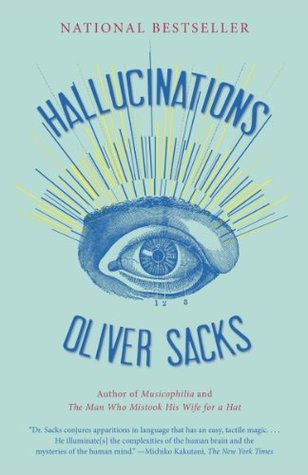More on this book
Community
Kindle Notes & Highlights
hallucinations are defined as percepts arising in the absence of any external reality—seeing things or hearing things that are not there.
Hallucination is a unique and special category of consciousness and mental life.
hallucinations, strangely, are not uncommon in those with blindness or impaired sight, and that these visions are not “psychiatric” but a reaction of the brain to the loss of eyesight. She had a condition called Charles Bonnet syndrome.
But by far the commonest hallucinations are the geometrical ones: squares, checkerboards, rhomboids, quadrangles, hexagons, bricks, walls, tiles, tessellations, honeycombs, mosaics.
Ffytche’s work is the first to confirm that hallucinations make use of the same visual areas and pathways as perception itself.
No one can have hallucinations of musical notation or numbers or letters, for example, if they have not actually seen these at some point in real life. Thus experience and memory may influence both imagery and hallucination—but
Dreams are neurological as well as psychological phenomena, but very unlike CBS hallucinations. Dreamers are wholly enveloped in their dreams, and usually active participants in them, whereas people with CBS retain their normal, critical waking consciousness.
anyone with a visually monotonous task is susceptible to hallucinations. (Similarly, auditory monotony may lead to auditory hallucinations.)
Unlike the top-down process of voluntary visual imagery, hallucination is the result of a direct, bottom-up activation of regions in the ventral visual pathway, regions rendered hyperexcitable by a lack of normal sensory input. The
New, unprecedented experiences can be a hallmark of hallucinations, for when the brain is released from the constraints of reality, it can generate any sound, image, or smell in its repertoire, sometimes in complex and “impossible” combinations.
(Music calls upon many more areas of the brain than any other activity—one reason why music therapy is useful for such a wide variety of conditions.)
There is an increasing feeling among neuroscientists that self-organizing activity in vast populations of visual neurons is a prerequisite of visual perception—that this is how seeing begins.
The most fundamental difference between phantom limbs and other hallucinations is that they can be moved voluntarily, whereas visual and auditory hallucinations proceed autonomously, outside one’s control.


